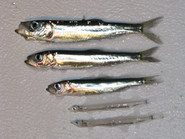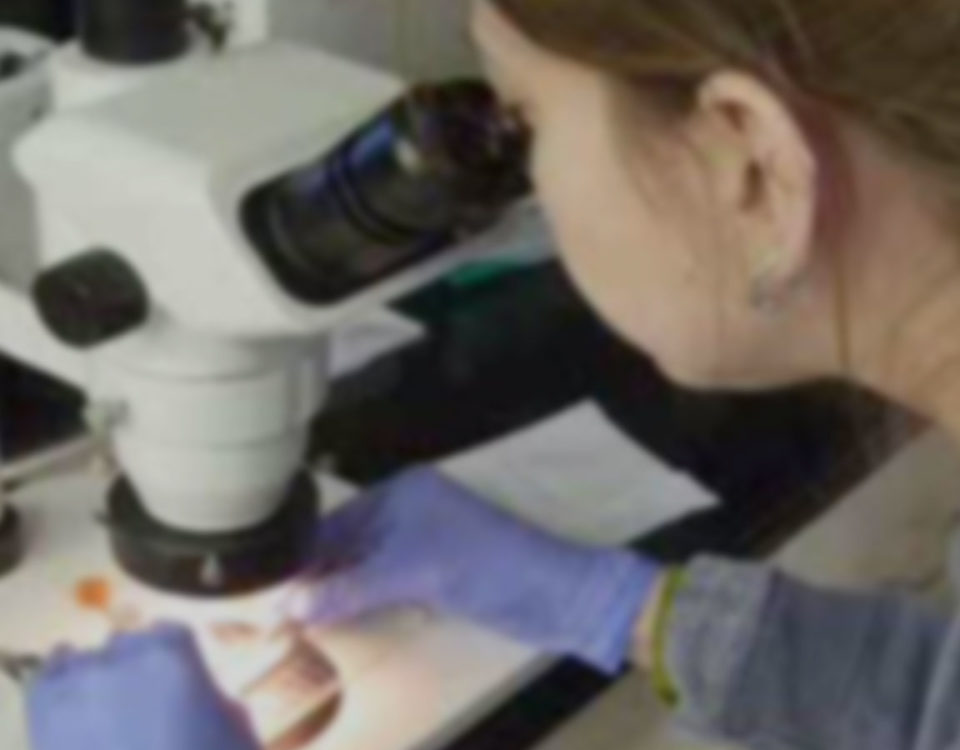Juvenile Herring Abundance

Project
JUVENILE HERRING ABUNDANCE
Background
Hydroacoustic techniques are a useful tool for assessing fish populations and habitat. Since 1993, the Science Center has conducted adult herring surveys in Prince William Sound utilizing these techniques. Juvenile herring surveys were initiated in 2006. These surveys increase our understanding of habitat utilization and abundance of juvenile herring, especially age-0. By conducting pre and post-winter surveys we also get an estimate of the juvenile mortality during the critical first winter. Typically, young fish spawning for the first time make up a large portion of the spawning stock and currently there aren’t reliable means to predict how many fish are going to recruit (join the spawning stock) in any given year. This project aimed to provide a measure of juvenile herring abundance in order to predict future additions to the spawning stock.
Methods
During this project, we conducted acoustic surveys three times a year (August, November, and March) throughout Prince William Sound. The August surveys provided an assessment of summertime abundance and location of age-0 herring before their shift to overwinter locations. Pre-winter surveys (November) and post-winter surveys (March) in up to ten different bays provided information on distribution and overwinter mortality. Surveys were conducted during the night when herring are known to come near the surface, which makes them more accessible to hydroacoustic methods. The survey emphasis was placed on the heads of the bays since juvenile herring are typically located in these shallower waters. Direct capture of juvenile herring was used to confirm the species and size of fish observed by the acoustics. We then planned to determine the relationship between the number of fish counted during the surveys, and the number of new spawning adults counted 2-3 years later.
What we learned
This study sought to document the changes of biomass from fall to spring, complementing other studies that proposed to examine overwinter mortality while also providing a better understanding of where juvenile herring were located and describe their preferred habitat. These surveys, however, lacked efforts at direct capture to confirm species identification, and thus it is difficult to interpret results for patterns in Pacific herring distribution and abundance from this study alone. Additional juvenile herring surveys were conducted in Simpson and Windy Bays during 2012-2014 to evaluate variability in surveys conducted at 2-week intervals in the fall and spring periods. The mean density of juvenile herring was highest in Whale Bay and lowest in Lower Herring Bay during the majority of this research period.
PRINCIPAL INVESTIGATORS
Michele Buckhorn, Ph.D.PWS Science Center
mbuckhorn@pwssc.org
Richard Thorne, Ph.D.
PWS Science Center
rthorne@pwssc.org
RESEARCH PERIOD
2009-2017FUNDING
Exxon Valdez Oil SpillTrustee Council




